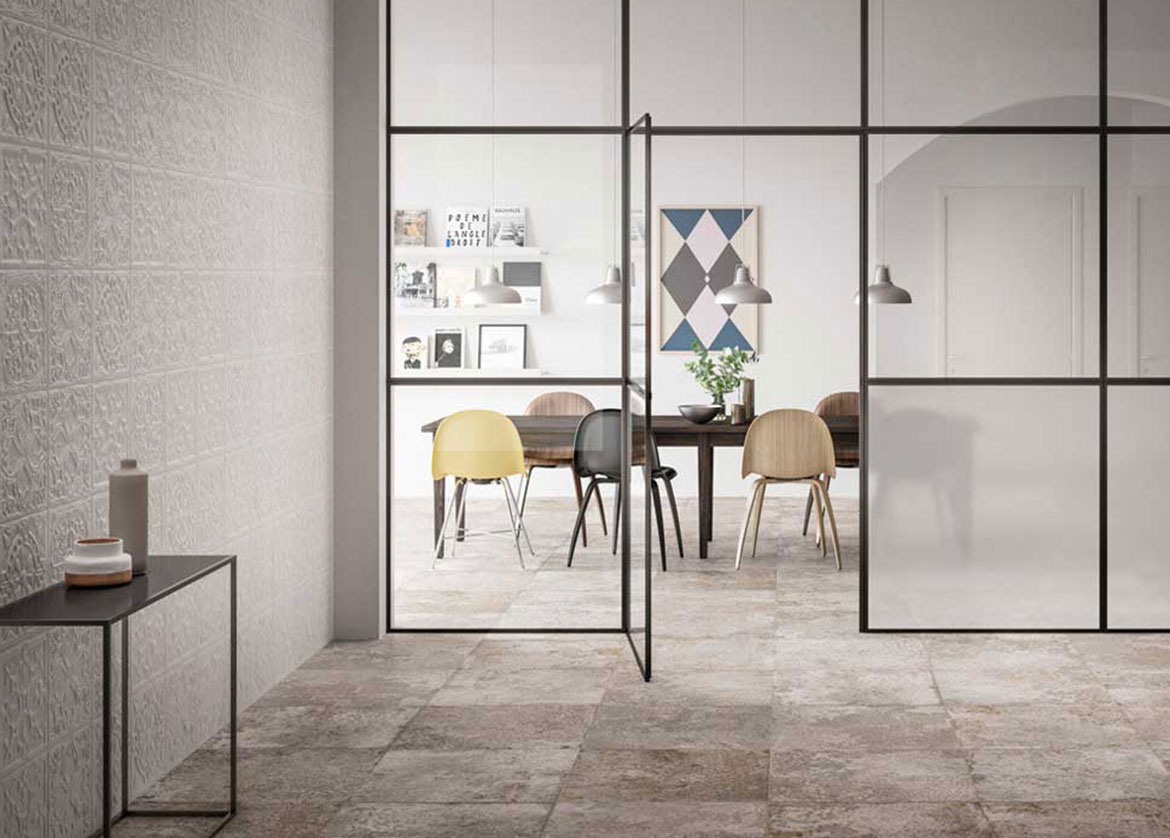Going Green Doesn’t Mean Compromising on Style
Top Flooring Options that are Both Sustainable & Beautiful
Going green is the new hot trend. As more and more people realize the impacts of our actions on Mother Nature, they choose to opt for a green lifestyle.
With that said, just a few years back, opting for a green lifestyle meant compromising on styles. However, of late, with plenty of new materials in the market, you can have your cake and eat it too. Yes, if you’re a green warrior, then it’s time to rejoice.
There are a plethora of flooring materials that are not just sustainable and environment-friendly but also score big on the aesthetics. Here, in today’s post, we give the rundown on some of the best eco-friendly flooring options for your home.
Ceramic Tiles
They are inexpensive and are available in a wide array of colours and textures. Of all the eco-friendly options available, ceramic tiles have the most number of choices. What more, the colour of these tiles can be customized to suit your specific interior styles.
Green Score: 8/10
Recycled Glass
As the name implies, these are flooring tiles made from 100% recycled materials. If you think glass tiles sound fragile, then think again. They are pretty durable but can chip at times. They are available in a wide array of breathtaking colours and are sure to complement all interiors.
Cons: Installing recycled glass tiles are a time-consuming process and require expert professionals. Also, since glass tiles are prone to cracks and chips, you may find that you’ll have to replace them often.
Green Score: 7/10
Natural Stone Tiles
The beauty of natural stone tiles is their inherent flaws. No two slabs of natural stones are alike. This means your flooring presents a unique pattern, found nowhere else on the planet.
Cons: Natural stones are expensive compared to the other options on this list. Also, since natural stones are porous, they absorb stains and spills quickly. You need a sealing agent to protect the surface of these tiles.
Green Score: 9/10
Cork
Cork is flexible and springy and feels quite comfortable to walk on. Another huge benefit of cork is that it holds warmth well, thereby providing you a warm space for walking on even during harsh winters. Additionally, cork fends off allergies. It doesn’t let mildew and mould growth.
Cons: The major drawback of cork tiles is that they are high on maintenance. You need to do professional cleaning every two or three years, to maintain the natural beauty of cork tiles. Also, regular maintenance is essential to preserve its look. It cannot be used for surfaces that are moisture prone.
Green Score: 10/10
Concrete
This is an extremely durable material and has been around for several years. Concrete is available in a wide variety of colours today.
Cons: Concrete tiles lend an industrial look to the space. They aren’t suited for residential interiors.
Green Score: 8/10
Bamboo
This is another eco-friendly material that is easy to maintain. It’s naturally water resistant making it a great fit for bathrooms, kitchens and living rooms. It’s available in a range of shades.
Cons: Bamboo floors are prone to scratches and damages. Also, excessive moisture can lead to warping of the tiles over time. Bamboo tiles are generally made using an industrial adhesive that releases harmful gases, thereby reducing their green score.
Green Score: 5/10
Rubber
They are available in a wide range of colours and are generally tough. They provide a cushioning effect and reduce noise pollution.
Cons: Rubber floor tiles are pretty slippery when wet. Also, since rubber is naturally dull, if you’re looking for a bright, shiny interior then rubber tiles may not work for you. The other drawbacks are high initial costs and high maintenance.
Green Score: 9/10
Natural Linoleum
Naturally occurring linoleum is completely biodegradable. It’s free from toxins and formaldehyde, thereby reducing the chemicals in your indoors. It’s highly durable and anti-static.
Cons: Natural linoleum is highly porous and can stain quickly. The tiles look a bit yellow on exposure to sunlight.
Green Score: 9/10
Natural Linoleum
Naturally occurring linoleum is completely biodegradable. It’s free from toxins and formaldehyde, thereby reducing the chemicals in your indoors. It’s highly durable and anti-static.
Cons: Natural linoleum is highly porous and can stain quickly. The tiles look a bit yellow on exposure to sunlight.
Green Score: 9/10
Leather
This is a unique flooring option that gets beautiful with time. Look for leather tiles made from recycled leather to up the green score.
Cons: Leather tiles don’t work well in humid places. Irrespective of the location of the leather tiles, they have to be treated regularly with wax to maintain the appearance, and they are prone to stains.
Green Score: 10/10
Reclaimed Hardwood
These are tiles made from wood that are thrown out. This makes for unique designs and textures.
Cons: There is no transparency as to the chemicals used for treating reclaimed wood. Also, you have to ensure that the wood is purchased from a legitimate source and not mined illegally.
Green Score: 8/10
Final Thoughts
As you can see, the variety of green tiles available today are more than ever before. However, while choosing a tile, make sure that you focus on both the green score and the usability factor. Choosing a tile that is sustainable but impractical makes no sense.
Opt for materials like ceramic tiles that aren’t just green, but also score on other factors like minimal maintenance, affordability, a wide range of colours and more.
Get in touch with our team to pick the best ceramic tiles for a green and sustainable home.






